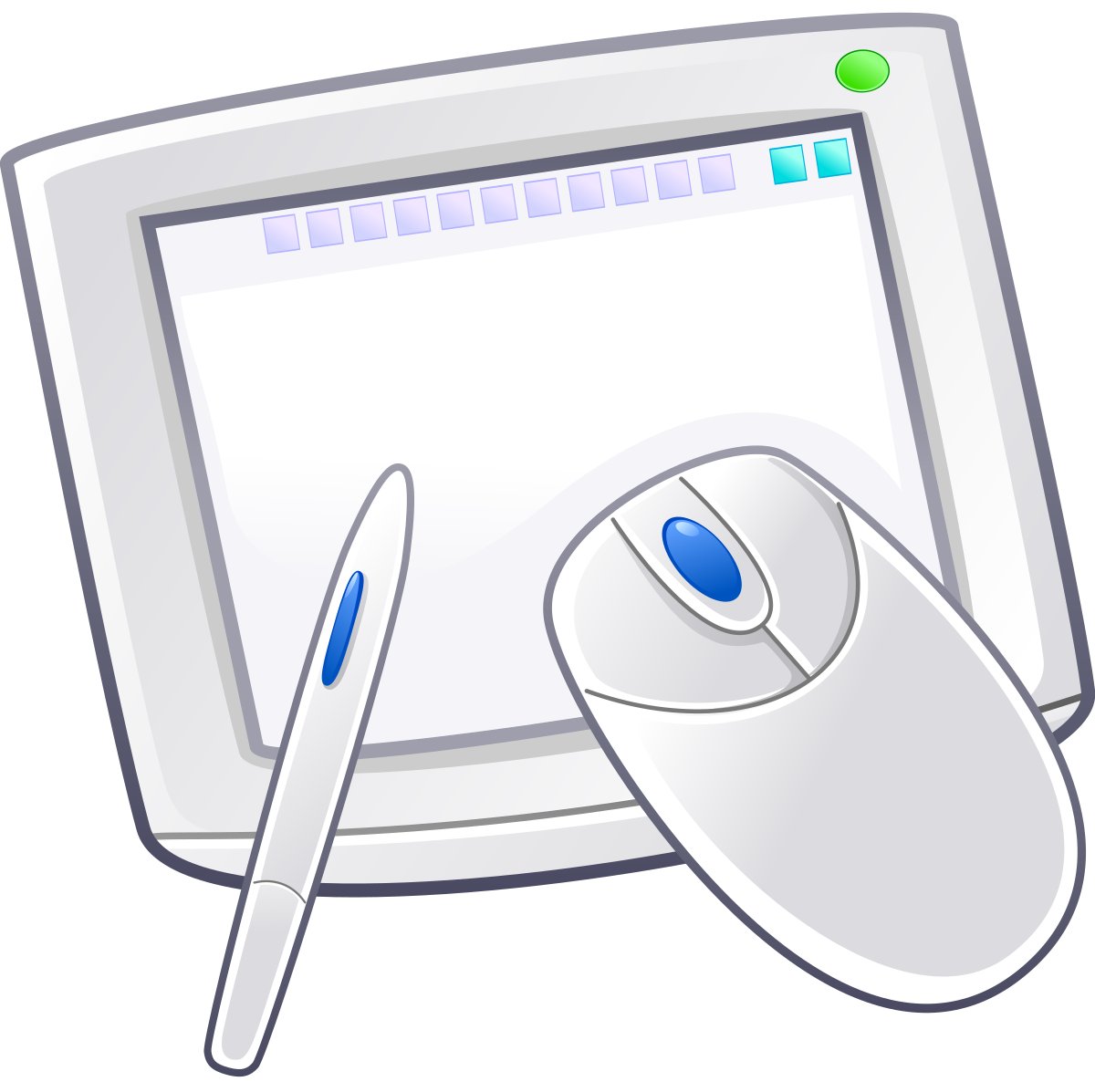Peripheral Devices Innovation
COURTESY :- vrindawan.in
Wikipedia
A peripheral or peripheral device is an auxiliary device used to put information into and get information out of a computer. The term peripheral device refers to all hardware components that are attached to a computer and are controlled by the computer system, but they are not the core components of the computer, such as the CPU or power supply unit. In other words, peripherals can also be defined as devices that can be easily removed and plugged into a computer system.

Several categories of peripheral devices may be identified, based on their relationship with the computer:
- An input device sends data or instructions to the computer, such as a mouse, keyboard, graphics tablet, image scanner, bar code reader, game controller, light pen, light gun, microphone and webcam;
- An output device provides output data from the computer, such as a computer monitor, projector, printer, headphones and computer speaker;
- An input/output device performs both input and output functions, such as a computer data storage device (including a disk drive, solid-state drive, USB flash drive, memory card and tape drive), modem, network adapter and multi-function printer.
Many modern electronic devices, such as Internet-enabled digital watches, keyboards, and tablet computers, have interfaces for use as computer peripheral devices.
Computer Peripherals, Inc. (CPI) was an American manufacturer of computer printers, based in Rochester, Michigan.
CPI’s precursor, Holley Computer Products, was formed as a joint venture between Control Data Corporation (CDC) and the Holley Carburetor Company in April 1962. Holley developed and produced a series of drum printers. In June 1964, CDC bought out Holley and partnered with NCR and ICL to form CPI in Rochester.
In the early 1970s CPI also had a branch in Valley Forge, Pennsylvania. This division made punched card readers and 9-track magnetic tape drives for both parent companies (CDC and NCR).
In 1978 CDC bought controlling interest of CPI. CPI produced several train printers under the CDC and Fastrain brands, including the CDC Model 512 (1967), the Fastrain A 1200 LPM (1969) and the Fastrain 9372-III 2000 LPM (1976).
In 1977, CPI began manufacturing printers at a factory in Steven age, Herts, UK that was originally used for the manufacture of ICL 1900 computers. By 1979, the factory also made 9-track tape drives which were used in ICL and CDC computers, and were sold with industry-standard interfaces for use with other manufacturer’s computers.
In 1982, CDC acquired a controlling interest in Centronics in exchange for CPI and $25 million in cash. CPI was merged into Centronics and eventually the Rochester facility was closed.
The measure of innovation at the organizational level relates to individuals, team-level assessments, and private companies from the smallest to the largest company. Measure of innovation for organizations can be conducted by surveys, workshops, consultants, or internal benchmarking. There is today no established general way to measure organizational innovation. Corporate measurements are generally structured around balanced scorecards which cover several aspects of innovation such as business measures related to finances, innovation process efficiency, employees’ contribution and motivation, as well benefits for customers. Measured values will vary widely between businesses, covering for example new product revenue, spending in R&D, time to market, customer and employee perception & satisfaction, number of patents, additional sales resulting from past innovations.
